We woke up early, packed, picked up delicious dumplings from the nearby vegetarian place, and went to the bus station a couple of blocks away. Here we got coffee and waited for the bus. We set off a few minutes late in a small, cramped and full minibus. We stopped a few times en route, mostly for toilet breaks, but once for twenty minutes for food. We couldn't eat at such stops so sat and got frustrated at how long the journey was taking, and how cramped we were. It was pointless frustration, of course.
We reached Phnom Penh about six hours after setting off, and we were very relieved to get off the bus
. Unfortunately, the booking.com map had let us down again, telling us that our hotel was in the middle east. Not knowing where our hotel was meant we couldn't walk to it, though we suspected it wasn't far. We hopped on a remorque after negotiating a rate, and were soon dropped at our hotel.
The hotel was quite nice, with a restaurant and bar downstairs. Our room had two double beds and working air conditioning, and a good hot shower. The downside was the pushy staff, who used any opportunity, including serving breakfast, to sell their remorques for day trips.
We did very little with the rest of the day. We ventured out for food and found two vegetarian cafes next door to each other, just a couple of blocks away from our hotel. We picked one and had a great meal, purchased some water, and got some rest.
Phnom Penh, the capital of Cambodia, offered us some tragic history lessons, and some Cambodian culture
. On Tuesday 8th, we went to the Tuol Sleng Genocide Museum and the Killing Fields at Choeung Ek. The Khmer Rouge regime under Pol Pot, between 1975 and 1979, killed an estimated one in four Cambodians. Many people died of starvation or disease, a result of the Khmer Rouge’s actions, and many more were tortured and murdered. Of a population at the time of 8 million people, estimates range from 1.5 million to 3 million people having died. The commonly used figure is around 2 million people. Two million people. The genocide started being aimed at intellectuals, people who could speak multiple languages, and ethnic minorities. It quickly continued to include anyone, including members of the Khmer Rouge and former enforcers of the brutality. Noone was above suspicion of ridiculous 'crimes’, including babies. The Khmer Rouge documented its brutality, and this documentation has been used to imprison some of the top leaders of the genocide in only the last few years.
The Tuol Sleng Genocide Museum, otherwise known as S21, was a school
. After evacuating Phnom Penh, the school was turned into a torture and execution area. Approximately 20,000 people were held and tortured at S21. There were only seven adults and three children known to have survived S21. The rest of the 20,000 people were killed on site, in Choeung Ek, or in another killing field. The museum itself was, as you might imagine, harrowing. We took an audio guide and listened to each stop in turn, seeing pictures of how S21 looked when it was found after the collapse of the Khmer Rouge, including the dead bodies inside, the treatment of the prisoners, the torture implements used, the holding cells and leg irons, the anti-suicide devices, and the comprehensive logs kept. We listened to the survivors accounts, and stories of those who were imprisoned, tortured and killed. We saw a map, showing other torture places like S21, dotted all over Cambodia. There were thousands of pictures of people who were detained and killed; men, women and children. It was excruciatingly horrifying
.
Two of the seven adult survivors were in the museum, selling books on their experiences. We couldn’t imagine voluntarily returning to such a place after what they had been through.
After two hours of wandering, and listening and looking at the horrors of the place, we moved onto somewhere equally disturbing; the Choeung Ek killing fields.
A short remorque ride later, we paid our entrance fees, picked up our audio guide and started our wanderings. Choeung Ek had over a hundred mass graves, two thirds of which had been excavated. The excavators discovered nearly 9000 bodies, with more still buried in the unexcavated burials. The excavations took place in the 1980s, but bones and clothes continue to come to light. This meant we had to be careful where we tread, as we could accidentally step on someone’s clothing, tooth or leg bone. The bones which were excavated had been cleaned, catalogued, and placed inside a memorial stupa with lots of levels for different types of bones. The sheer quantity of skulls on the lower levels was unbelievable. We walked around, and listened to the stories attached to the place. There were no survivor stories, but there were testimonies from former guards, and information about what took place and where. Most people were taken to the killing field, and killed straight away, at night, whilst music blared from large speakers to disguise the screams
. People were usually bludgeoned to death with weapons such as garden hoes. One mass grave contained nearly 500 bodies. Chemical weapons were used to finish people off, and to disguise the smell by aiding decomposition. One grave contained the bodies of naked women and children. This grave was next to the 'killing tree’, a tree against which babies and children were swung, to kill them. Killed in front of their mothers, the children would be thrown into the pit, followed by the execution of the women into the same pit. The sheer cruelty was hard to fathom.
We took a look in the on site museum which gave more background information to what had taken place, and what had happened since the collapse of Pol Pot’s genocide regime. Placing these bodies, nearly 9000 of them, in the context of two million dead people… It was hard to get our heads around the concept that anyone could be so cruel, let alone so systematic and thorough, against their own people.
It had been a hard, upsetting day. We went back to our hotel to gain some semblance of normality, and ended up heading out for dinner to the vegetarian restaurant next to the one we’d gone to the previous night. We felt a bit better with a little food inside, and went back to the hotel to try to not have nightmares about the atrocities committed.
On Wednesday 9th, we decided to do some of the nicer stuff in Phnom Penh, after we’d sorted our onward transport
. After some debate, we bought bus tickets to our next destination, hailed a remorque, and asked to be taken to a wat in the centre, called Wat Ounalom. Instead, he took us to another wat, called Wat Phnom. We climbed out and went to see it anyway. A police man asked us for some money, we asked for tickets and he couldn’t give them to us. We realised that we’d missed the entrance ticket booth and this was effectively a bribe, so headed to the entrance ticket booth to pay properly. After we had our tickets, we climbed up the steps to see the wat. It was nice, but marred by people with cages of wild birds, offering to let them go free, for a price. Paying for such things simply encourages the behaviour, which we couldn’t condone. It was horrible to see the birds cramped in tiny cages and rather spoilt the experience. The wat had a stupa behind, and a statue of the woman who supposedly founded the wat in the 14th century. She looked very happy.
We decided to walk along the river front to reach the wat we’d actually asked to go to
. We walked along the Sisowath Quay, alongside the Tonlé Sap, to where the Tonlé Sap met the mighty Mekong river. It was extremely hot so we stopped for a soft drink from a vendor, and a small child poked Jayna in the sides and tried to sell her a bracelet. He got a sharp no, thank you. Wat Ounalom was a complex of buildings inside a wall. We weren’t clear about where to go so simply wandered through. Eventually we were beckoned inside a temple by a chap, who sat us down, chanted, sprayed droplets of water over us using incense sticks, and got us to rub said water on our faces. We found out that this building housed the Buddha’s eyebrow hair we’d read about, buried beneath the numerous sculptures. We thanked the man, left a donation, and headed out.
We didn’t have time to visit the national museum, though it looked impressive just from the outside. We continued on to the Royal Palace and Silver Pagoda. After paying our entrance fees, we saw a sign which said that the place was closed the following day due to a royal ceremony
. Luckily, we were unaffected, and headed in. The place smacked of Bangkok’s Royal Palace, though it was a much less crowded space. We investigated the ornate buildings, stupas, carvings, walls lined with paintings, a miniature Angkor Wat, belfry, statues and the royal throne (from a distance). Our favourite building was the Silver Pagoda, complete with it’s own emerald Buddha. It didn’t look like emerald to us, as it was a luminescent green. The inside of the building was very similar to Bangkok’s emerald Buddha building, though this one had a floor made of silver tiles. Most were covered up, to avoid wear, tear and damage.
Before leaving, we took in a couple of rooms of royal carriages, chairs, and sculptures. We very much enjoyed the air conditioning, which was icy, before heading out into the heat of the day again.
We decided to walk through a couple of parks, Wat Botum Park and Independence Park, to go and see the Independence Monument. On the way, we came across a statue of King Norodom Sihanouk. We took in the Independence Monument, and headed off to get some good quality food from a nearby vegetarian restaurant.
The evening was spent relaxing, packing, and purchasing beverages and food for our long day of travel the following day.
Next stop - Kratie!
Phnom Penh and Cambodia's tragic history
Monday, December 07, 2015
 Phnom Penh, Cambodia
Phnom Penh, Cambodia
Other Entries
-
77Back to Osaka
Oct 1157 days prior Osaka, Japanphoto_camera0videocam 0comment 0
Osaka, Japanphoto_camera0videocam 0comment 0 -
78China, China and China in transit
Oct 1256 days prior Beijing, Chinaphoto_camera4videocam 0comment 0
Beijing, Chinaphoto_camera4videocam 0comment 0 -
79Crazy Kathmandu
Oct 1355 days prior Kathmandu, Nepalphoto_camera1videocam 0comment 0
Kathmandu, Nepalphoto_camera1videocam 0comment 0 -
80Tranquil Pokhara
Oct 1553 days prior Pokhara, Nepalphoto_camera2videocam 0comment 0
Pokhara, Nepalphoto_camera2videocam 0comment 0 -
81Trekking in the Himalayas
Oct 1751 days prior Jomsom, Nepalphoto_camera129videocam 0comment 0
Jomsom, Nepalphoto_camera129videocam 0comment 0 -
82Back to Pokhara
Oct 2543 days prior Pokhara, Nepalphoto_camera7videocam 0comment 0
Pokhara, Nepalphoto_camera7videocam 0comment 0 -
83Chitwan National Park and elephant riding!
Oct 2642 days prior Sauraha, Nepalphoto_camera70videocam 0comment 0
Sauraha, Nepalphoto_camera70videocam 0comment 0 -
84Back to Kathmandu
Oct 3038 days prior Kathmandu, Nepalphoto_camera59videocam 0comment 0
Kathmandu, Nepalphoto_camera59videocam 0comment 0 -
85Delhi: Never again
Nov 0235 days prior Delhi, Indiaphoto_camera26videocam 0comment 0
Delhi, Indiaphoto_camera26videocam 0comment 0 -
86Agra and the Taj Mahal
Nov 0532 days prior Agra, Indiaphoto_camera34videocam 0comment 0
Agra, Indiaphoto_camera34videocam 0comment 0 -
87Jaipur and the Amber Fort
Nov 0730 days prior Jaipur, Indiaphoto_camera30videocam 0comment 0
Jaipur, Indiaphoto_camera30videocam 0comment 0 -
88Candolim all inclusive
Nov 1027 days prior Candolim, Indiaphoto_camera45videocam 0comment 0
Candolim, Indiaphoto_camera45videocam 0comment 0 -
89Palolem and idyllic Patnam
Nov 2215 days prior Palolem, Indiaphoto_camera16videocam 0comment 0
Palolem, Indiaphoto_camera16videocam 0comment 0 -
90Kolkata - final stop in India (hooray!)
Nov 2512 days prior Kolkata (Calcutta), Indiaphoto_camera5videocam 0comment 0
Kolkata (Calcutta), Indiaphoto_camera5videocam 0comment 0 -
91Banging Bangkok
Nov 2710 days prior Bangkok, Thailandphoto_camera50videocam 0comment 0
Bangkok, Thailandphoto_camera50videocam 0comment 0 -
92Angkor Wat and Siem Reap
Dec 025 days prior Siem Reap, Cambodiaphoto_camera135videocam 0comment 0
Siem Reap, Cambodiaphoto_camera135videocam 0comment 0 -
93Battambang and the bamboo train
Dec 052 days prior Battambang, Cambodiaphoto_camera29videocam 0comment 0
Battambang, Cambodiaphoto_camera29videocam 0comment 0 -
94Phnom Penh and Cambodia's tragic history
Dec 07 Phnom Penh, Cambodiaphoto_camera45videocam 0comment 0
Phnom Penh, Cambodiaphoto_camera45videocam 0comment 0 -
95Kratie river dolphins
Dec 103 days later Kratie (Kracheh), Cambodiaphoto_camera26videocam 0comment 0
Kratie (Kracheh), Cambodiaphoto_camera26videocam 0comment 0 -
96Back to Phnom Penh
Dec 125 days later Phnom Penh, Cambodiaphoto_camera0videocam 0comment 0
Phnom Penh, Cambodiaphoto_camera0videocam 0comment 0 -
97What can Koh Rong, will Koh Rong
Dec 136 days later Koh Rong, Cambodiaphoto_camera31videocam 0comment 0
Koh Rong, Cambodiaphoto_camera31videocam 0comment 0 -
98Sihanoukville, final stop in Cambodia
Dec 169 days later Sihanoukville, Cambodiaphoto_camera4videocam 0comment 0
Sihanoukville, Cambodiaphoto_camera4videocam 0comment 0 -
99Back to Bangkok
Dec 1710 days later Bangkok, Thailandphoto_camera0videocam 0comment 0
Bangkok, Thailandphoto_camera0videocam 0comment 0 -
100Koh Phangan for Thai island time
Dec 1811 days later Koh Phangan, Thailandphoto_camera23videocam 0comment 0
Koh Phangan, Thailandphoto_camera23videocam 0comment 0 -
101A Khao Lak Christmas
Dec 2316 days later Khao Lak, Thailandphoto_camera81videocam 0comment 0
Khao Lak, Thailandphoto_camera81videocam 0comment 0 -
102... and a Mandalay New Year!
Dec 3124 days later Mandalay, Myanmarphoto_camera52videocam 0comment 0
Mandalay, Myanmarphoto_camera52videocam 0comment 0 -
103The endless temples of Bagan
Jan 0327 days later Bagan, Myanmarphoto_camera125videocam 0comment 2
Bagan, Myanmarphoto_camera125videocam 0comment 2 -
104Multicultural Yangon
Jan 0832 days later Yangon (Rangoon), Myanmarphoto_camera40videocam 0comment 0
Yangon (Rangoon), Myanmarphoto_camera40videocam 0comment 0 -
105Lake Inle life
Jan 1135 days later Nyaungshwe, Myanmarphoto_camera53videocam 0comment 0
Nyaungshwe, Myanmarphoto_camera53videocam 0comment 0 -
106Trekking to Kalaw
Jan 1438 days later Kalaw, Myanmarphoto_camera78videocam 0comment 0
Kalaw, Myanmarphoto_camera78videocam 0comment 0 -
107Back to Mandalay
Jan 1741 days later Mandalay, Myanmarphoto_camera1videocam 0comment 0
Mandalay, Myanmarphoto_camera1videocam 0comment 0 -
108Back to Bangkok, again
Jan 1842 days later Bangkok, Thailandphoto_camera52videocam 0comment 0
Bangkok, Thailandphoto_camera52videocam 0comment 0 -
109Relaxing in Chiang Mai
Jan 2044 days later Chiang Mai, Thailandphoto_camera33videocam 0comment 0
Chiang Mai, Thailandphoto_camera33videocam 0comment 0 -
110Huay Xai, gateway to Laos
Jan 2347 days later Huay Xai, Laosphoto_camera12videocam 0comment 0
Huay Xai, Laosphoto_camera12videocam 0comment 0 -
111Nong Khiaw in the rain and cold
Jan 2448 days later Nong Khiaw, Laosphoto_camera15videocam 0comment 0
Nong Khiaw, Laosphoto_camera15videocam 0comment 0 -
112Pretty Luang Prabang
Jan 2650 days later Luang Prabang, Laosphoto_camera32videocam 0comment 0
Luang Prabang, Laosphoto_camera32videocam 0comment 0

 Phnom Penh, Cambodia
Phnom Penh, Cambodia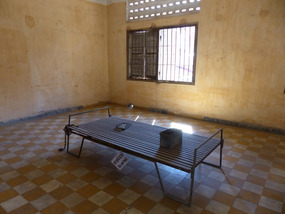
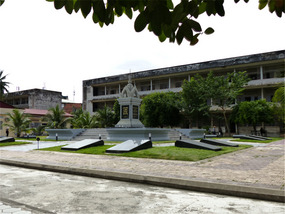
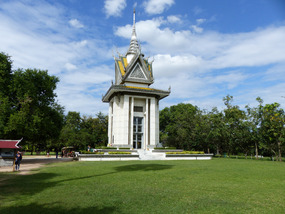
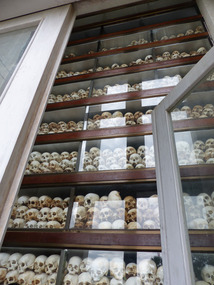
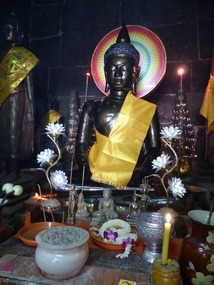
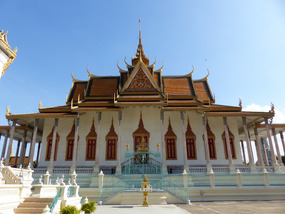
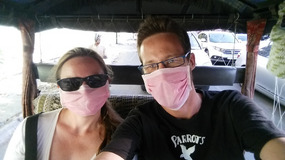









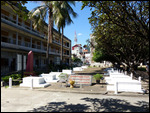
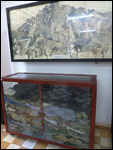
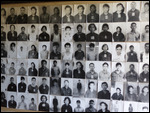
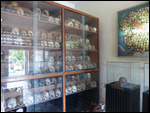
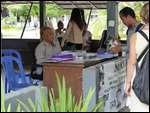
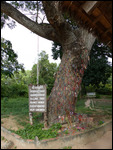
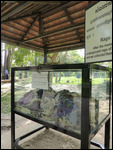
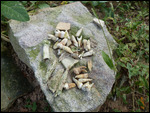
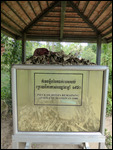
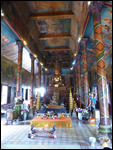
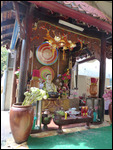
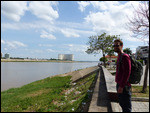
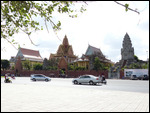
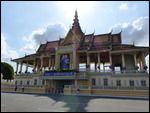
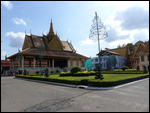
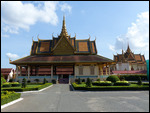
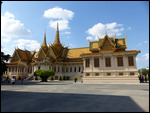
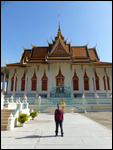
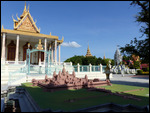
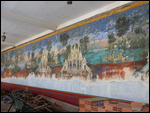
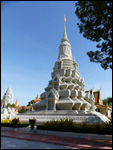
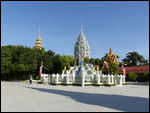
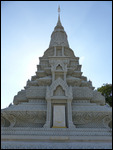
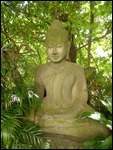
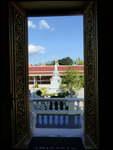
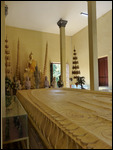
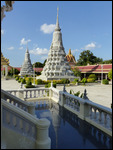

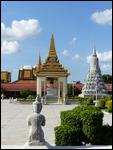
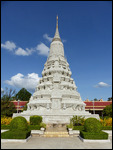
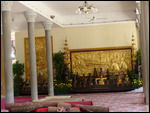
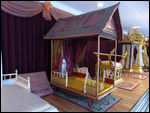
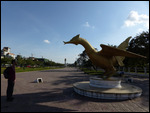
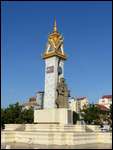
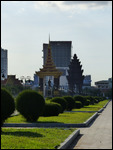
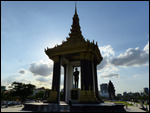
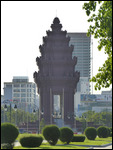
2025-05-23